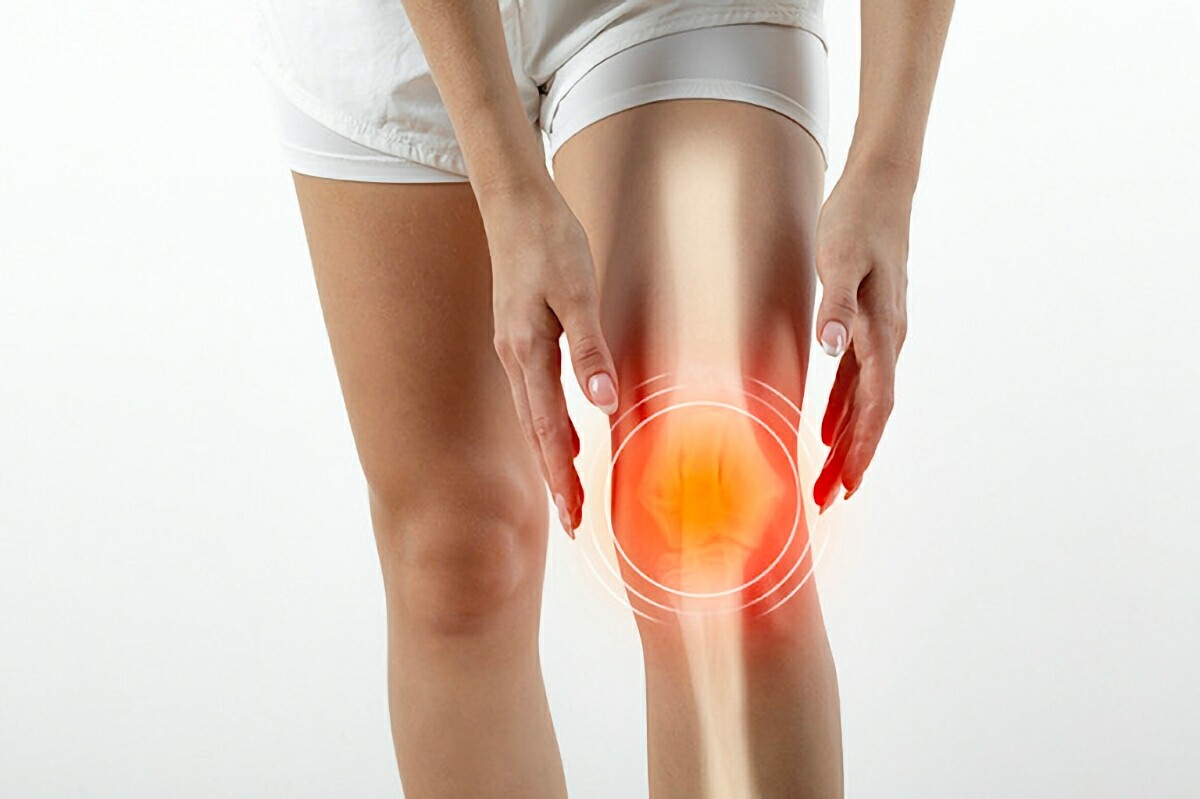
Osteoarthritis is a common joint problem that mostly affects older adults. It happens when the protective cartilage in joints wears down over time. This leads to pain, swelling, and stiffness in the affected areas. osteoarthritis therapies can occur in any joint, but it usually affects the knees, hips, hands, and spine.
Although there is no complete cure for osteoarthritis, several therapies help reduce symptoms, improve joint movement, and enhance quality of life. This article will explain different osteoarthritis therapies in simple language.
Understanding the Symptoms
Before learning about treatments, it is important to know the signs of osteoarthritis. These include:
-
Joint pain during or after movement
-
Stiffness, especially in the morning or after rest
-
Swelling around the joint
-
Loss of flexibility or range of motion
-
A grating sound or feeling in the joint
Early treatment can help manage symptoms better and prevent further damage.
Physical Therapy for Osteoarthritis
One of the best non-medical treatments is physical therapy. A trained therapist will guide you through exercises that make the muscles around your joint stronger. These exercises help in reducing pain and improving movement.
Stretching exercises help reduce stiffness. Strengthening exercises protect the joint by making surrounding muscles stronger. Balance exercises improve coordination and reduce the risk of falling.
Physical therapy is often a first step before trying more invasive options.
Exercise and Daily Activity
Staying active is important for people with osteoarthritis. Low-impact exercises such as walking, swimming, or cycling are gentle on the joints and help keep them flexible.
Regular movement prevents stiffness and improves blood flow to the joints. However, it's important not to overdo it. Rest is just as important as activity.
Simple activities like gardening, light stretching, or walking for 30 minutes a day can help maintain joint health.
Weight Management
Being overweight puts extra pressure on weight-bearing joints like knees and hips. Even a small amount of weight loss can make a big difference in reducing joint pain and slowing down joint damage.
A healthy diet and regular physical activity can help with weight loss. Eating more fruits, vegetables, whole grains, and lean proteins supports joint health.
Avoiding sugary and processed foods also reduces inflammation in the body.
Pain Relief Medications
Many people with osteoarthritis use medicines to reduce pain. These include:
-
Paracetamol: Often used first for mild to moderate pain
-
Nonsteroidal anti-inflammatory drugs (NSAIDs): Help reduce pain and swelling
-
Topical creams: Applied directly on the skin over the joint
-
Steroid injections: Given directly into the joint for strong pain relief
All medicines should be used under a doctor's advice to avoid side effects.
Assistive Devices
Sometimes, using support devices helps in daily movement. These include:
-
Walking sticks or canes
-
Knee braces or shoe inserts
-
Supportive chairs or cushions
These tools reduce pressure on joints and improve comfort while moving.
Occupational therapists can suggest the best tools based on your needs.
Alternative Therapies
Some people find relief through natural or alternative treatments. These may include:
-
Acupuncture
-
Massage therapy
-
Heat or cold therapy
-
Herbal supplements
These methods may not work for everyone, but many people feel more relaxed and have less pain after using them.
It’s important to discuss any alternative therapy with a doctor before trying it.
Joint Injections
If pain is not managed with basic therapies, joint injections can be an option. The two main types are:
-
Corticosteroid injections: Reduce inflammation quickly
-
Hyaluronic acid injections: Improve lubrication in the joint
These injections are usually given in the knee or hip. They offer relief for a few months and can be repeated if needed.
Surgical Options
When other treatments do not provide enough relief, surgery may be considered. Types of surgery include:
-
Joint cleaning: Removing damaged tissue from the joint
-
Joint realignment: Changing the angle of the joint to relieve pressure
-
Joint replacement: Replacing the damaged joint with an artificial one
Joint replacement surgery is common for knees and hips. It helps reduce pain and improve function.
Surgery is usually the last option after other treatments have been tried.
Lifestyle Changes
Making small changes in your routine can make a big difference. Some useful tips include:
-
Avoid sitting for long periods
-
Use proper posture while standing or sitting
-
Choose supportive shoes
-
Apply warm packs during cold weather
-
Get enough rest and sleep
Taking care of your joints in daily life reduces flare-ups and keeps symptoms under control.
Mental and Emotional Support
Living with a long-term condition like osteoarthritis can be stressful. Pain and reduced movement may affect mood and mental health. Joining support groups or talking to a counselor helps in dealing with emotional challenges.
Staying connected with family and friends also improves well-being.
Mind-body techniques like meditation and deep breathing can help reduce stress and pain.
Diet and Nutrition
Eating healthy supports joint health. Some foods reduce inflammation and protect joint tissues. Good options include:
-
Fatty fish like salmon
-
Nuts and seeds
-
Leafy green vegetables
-
Olive oil
-
Berries
Avoiding foods that cause inflammation like sugary drinks, fried foods, and too much red meat is also helpful.
A balanced diet gives the body the nutrients needed to stay strong and fight joint damage.
Conclusion
Osteoarthritis is a long-term joint condition that affects many people, especially as they grow older. While there is no complete cure, many therapies help reduce pain and improve movement. From physical therapy and exercise to medicines, diet, and even surgery, each option plays a role in managing the condition.
Making smart choices and staying active can lead to a better, more comfortable life with osteoarthritis. Always talk to a healthcare professional before starting any new therapy.
Comments on “Simple Guide to Osteoarthritis Therapies for Pain Relief”